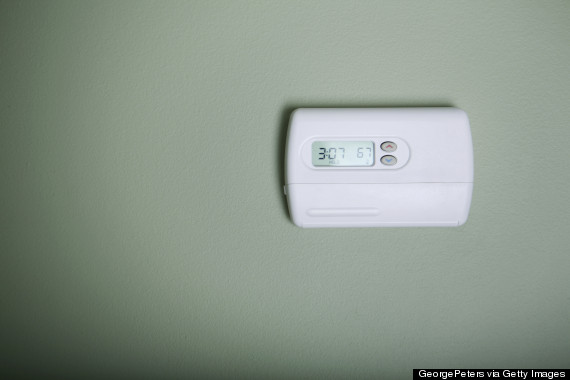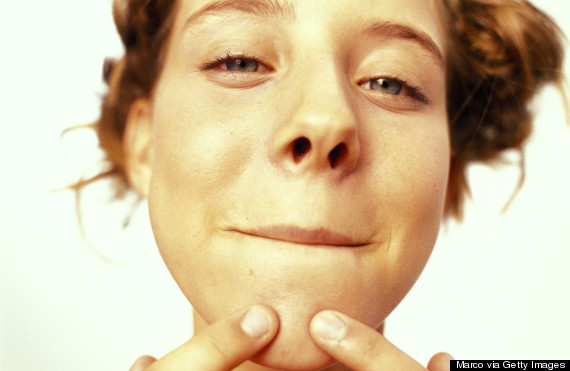
The skin you're in is amazing. It's the ultimate multitasker, simultaneously protecting your organs, shedding cells, and keeping you cool or warm. But how much do you really know about your skin, aside from the fact that you should protect it from the sun's UV rays? We rounded up some fascinating facts about your body's largest organ:
You have A LOT of skin.
Your skin is your body's largest organ, with a surface area of approximately 22 square feet. (The second-largest organ in the body is the liver.)
Not all the skin on your body is of the same thickness.
The eyelids, for instance, have the thinnest skin—at 0.05 millimeters—while the palms and soles of the feet have the thickest skin, at 1.5 millimeters.
Your skin is heavy.
About 16 percent of your overall body weight is from your skin alone.
Your skin isn't made up of just one layer.

There are three layers of the skin: The epidermis, the dermis and the subcutis. The subcutis is the innermost layer and is made up of fat and collagen cells. The dermis is the middle layer and is responsible for 90 percent of skin's thickness. The epidermis is the outermost layer and serves as a protective barrier between the body and the environment.
You shed a shocking amount of skin cells every minute.
You lose 30,000 to 40,000 skin cells a minute!
Your skin helps your body maintain temperature control.

When you are over-heated blood vessels widen so that heat can be released easily through the skin. When your body is cold, the blood vessels in the skin constrict.
Your skin was a different color when you were born.
Healthy newborn baby skin is actually a deep red or purplish color and hands and feet are a blueish hue.
Acne is the most common skin condition in the U.S., affecting 40 to 50 million Americans.

More than 85 percent of people will experience it at least once in their lives.
And acne even affects babies (well, kind of).
The acne is not a result of raging baby hormones. Instead, this acne is caused by the mother’s hormones that are still in the baby's blood.
Scars are caused by damage to the second layer of skin, the dermis.
Scar collagen is different from collagen in normal skin. As such, even when skin cells die and are replaced, scar collagen is not shed. Scar tissue does not grow hair.
The way you sleep can affect your skin.

Sleeping with your face buried in your pillow can lead to wrinkles.
Babies' skin is covered with a waxy substance called vernix.
Vernix is a film that protects the fetus's skin in the womb. It usually washes off with the baby's first bath.



0 komentar:
Posting Komentar